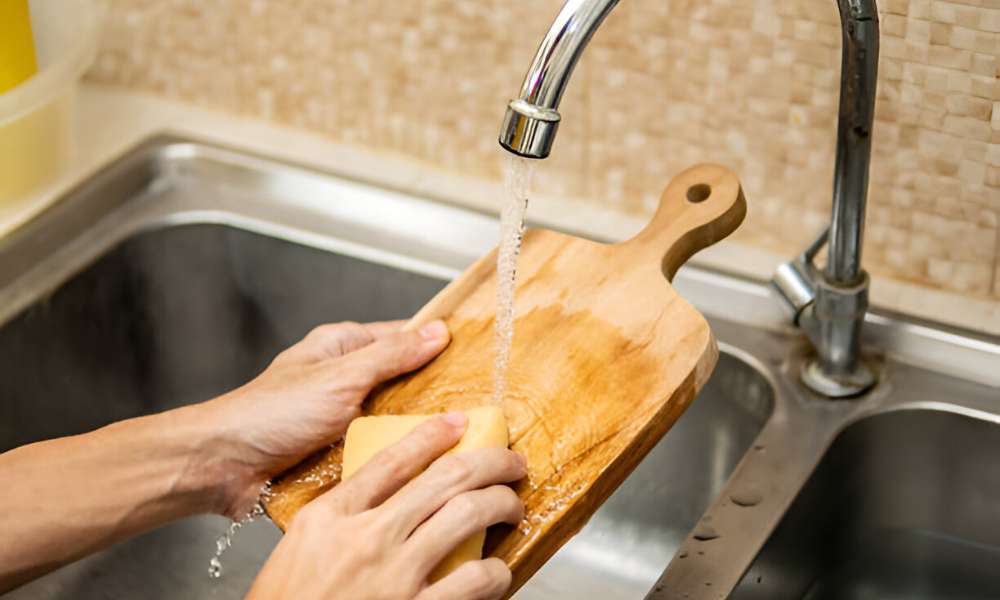Maintaining your kitchen tools is crucial, especially when it comes to wood cutting boards. Learning how to clean wood cutting boards properly not only extends their lifespan but also ensures food safety by preventing bacteria buildup. Regular cleaning and maintenance are essential because wood is porous and can easily trap food particles, leading to potential health risks. By incorporating simple cleaning practices, such as using natural cleaners like lemon and salt, you can keep your wood chopping boards in top condition. This guide will walk you through effective cleaning methods and highlight the benefits of keeping your boards clean and sanitary.
Is It Necessary To Oil My Wooden Cutting Board?
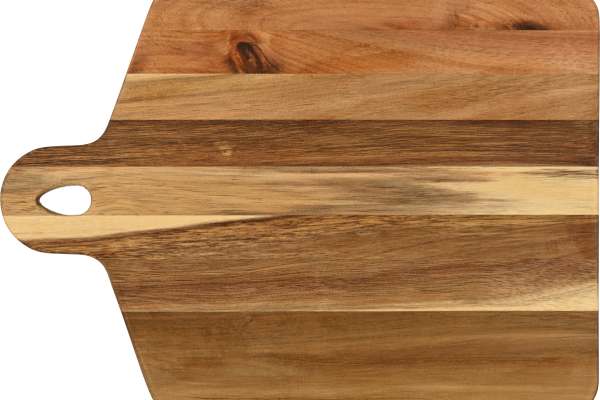
Yes, it is necessary to oil your wooden cutting board to maintain its longevity and functionality. Wood is a natural material that can absorb moisture and become dry or cracked over time. Applying food-safe mineral oil helps to seal the wood, preventing it from absorbing liquids and odors, which can lead to warping or splitting. Regular oiling also enhances the appearance of the board, keeping its surface smooth and vibrant.
Can I Use Bleach To Clean My Wooden Cutting Board?

Using bleach to clean a wooden cutting board is not recommended due to potential damage to the wood and health concerns. Bleach can cause the wood to dry out, leading to cracks and splits over time. Additionally, it may leave behind harmful residues that could contaminate food. Instead of bleach, consider using a solution of mild soap and warm water or a mixture of vinegar and water for effective cleaning.
Porosity And Durability
Wood cutting boards are an essential kitchen tool, valued for their durability and natural aesthetic. However, their porous nature requires special care to maintain both hygiene and longevity. The porosity of wood allows it to absorb moisture, which can harbor bacteria if not properly cleaned. Therefore, understanding the porosity and durability of wood chopping boards is crucial in ensuring they remain safe and functional for years to come.
Daily Cleaning Routine
A consistent daily cleaning routine is key to preserving the integrity of your wood chopping board. After each use, rinse the board with hot water and scrub it with a small amount of dish soap. Avoid soaking the board, as excessive moisture can cause warping. After cleaning, dry the board thoroughly with a clean towel and store it in an upright position to allow air circulation, which further aids in keeping the board dry and free from bacteria.
Deep Cleaning Your Board
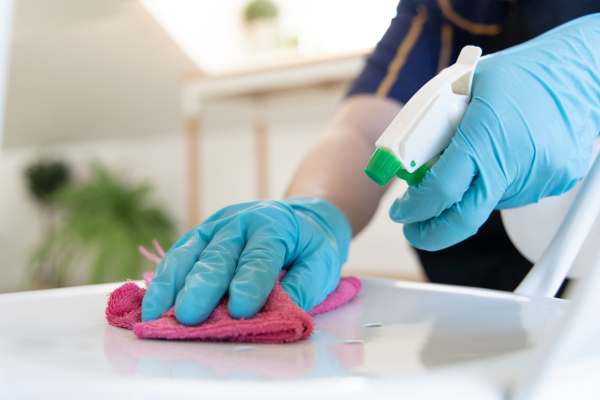
For deeper cleaning, it is recommended to use natural methods. Sprinkle coarse salt over the surface of the timber cutting board and rub it in using a halved lemon, applying gentle pressure. This not only helps remove stubborn stains but also naturally disinfects the board. Rinse thoroughly and apply a thin coat of food-grade mineral oil to condition the wood, keeping it hydrated and preventing cracks. Regular deep cleaning will extend the life of your wood chopping board, ensuring it remains a reliable tool in your kitchen.
Removing Stains
To clean wood cutting boards and remove these stains effectively, start by sprinkling baking soda or coarse salt on the affected area. Then, use a damp sponge or a cut lemon to scrub the surface gently. This method not only helps lift the stains but also rejuvenates the board’s natural appearance. For tougher stains, a mixture of baking soda and water left to sit for a few minutes can provide an extra boost in cleaning power.
Dealing With Odors
Persistent odors can be a common issue with timber cutting boards, especially after chopping garlic, onions, or other pungent ingredients. To eliminate these smells, sprinkle the board with coarse salt and rub it with half a lemon, allowing the citric acid to neutralize the odors. You can also opt for a vinegar and water solution, which not only helps in deodorizing but also provides antibacterial benefits. Regularly following these steps when you clean wood cutting boards will ensure they remain fresh and odor-free.
Drying And Storage
Proper drying and storage are essential to maintaining the integrity of wood chopping boards. After cleaning, always pat the board dry with a towel and allow it to air-dry completely before storing. Avoid leaving the board in damp areas or stacking it with other items, as this can lead to mold growth and warping. Store your cutting decks in a well-ventilated area, preferably upright, to prevent moisture buildup. By following these drying and storage practices, you can significantly extend the lifespan of your timber cutting boards.
Choosing The Right Oil
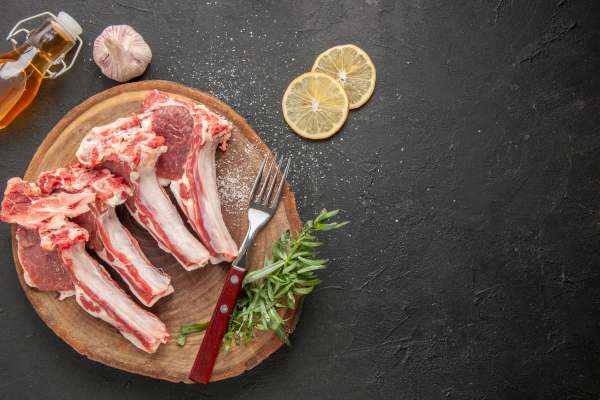
Selecting the right oil for your kitchen not only enhances flavor but also ensures the longevity of your culinary tools, especially plastic cutting boards. Many home cooks overlook this simple yet crucial step; using the wrong oil can lead to unpleasant odors and even damage. While olive oil is a popular choice due to its heart-healthy benefits, its propensity to go rancid means it may not be the best option for regular maintenance of plastic surfaces. Instead, consider mineral oil or food-grade mineral-based oils, which offer a neutral scent and protect against moisture without breaking down.
Conditioning Your Cutting Board
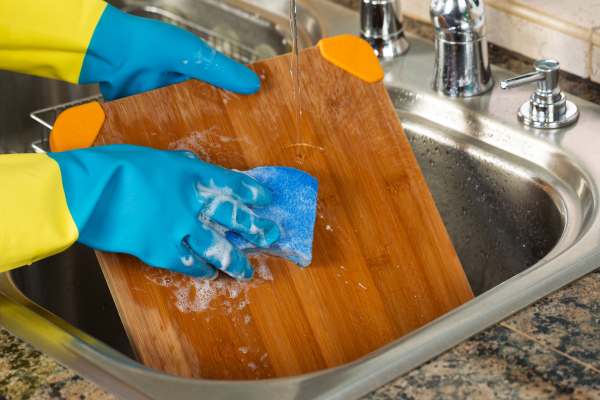
Conditioning your cutting board is a vital step in its maintenance routine, ensuring that the wood remains hydrated and protected. After applying oil, it’s beneficial to condition the board with a beeswax-based wood conditioner. This creates a protective barrier on the surface, sealing in moisture and keeping out harmful bacteria. Conditioning also adds a layer of shine, bringing out the natural grain of the wood, which not only looks appealing but also ensures that your timber cutting boards remain functional and safe for daily use.
The Final Thought
Maintaining the cleanliness of your wood cutting board not only enhances their longevity but also ensures food safety in your kitchen. Regular washing with mild soap and water, along with occasional treatments of mineral oil or a vinegar solution, can effectively remove bacteria and prevent warping. Avoiding harsh chemicals and soaking the boards will further protect their natural integrity. With these simple steps, you can keep your boards looking beautiful and functioning well for years to come.

